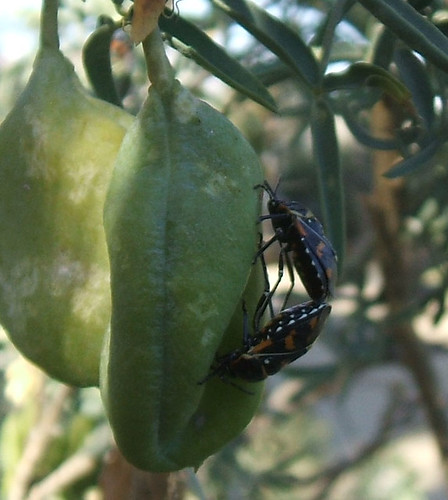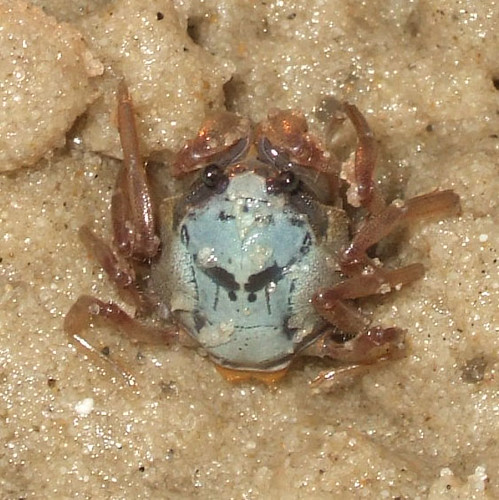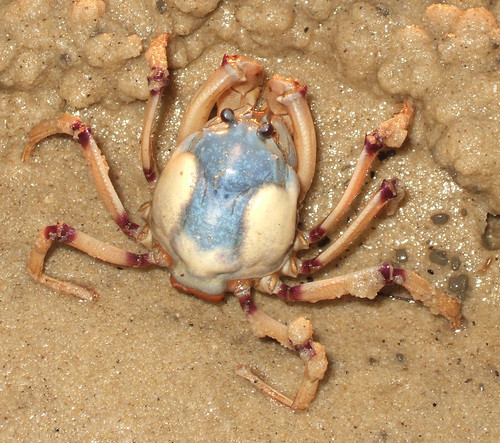
Some of the talks I go to which are most interesting to me, are those which make me wonder what if. These
researchers were looking at the reproductive output of corals, to see if there was a difference in egg size among the different sizes of corals (small, medium, and large) or morphology (plate and branching). They also examined how reproductive output changed over time.
They found that there was no difference in egg size due to colony morphology or size, but smaller colonies were less likely to spawn a second or third time. They did find that chlorophyll concentration of the eggs increased with increasing size of the colony. This may have been due to the fact that larger colonies were deeper down, so packaged
their eggs with more
zooxanthellae than the smaller, shallow water colonies.
They also found that eggs sizes within the bundles varied, which interests me
because I work on maternal provisioning in a colonial animal too. I find that larvae released by my
bryozoans can have up to a 2-fold difference. I am most curious to know how much those eggs varied, since most researchers ignore within brood
variability. They also found that the egg sizes varied among spawning events. Generally there was a decrease in the size of the eggs on subsequent spawning events, but a slight increase in the number.
This raises some interesting questions. It would be interesting to find out if the same amount of energy is expended for each of the broods (that is does the increase in number balance the fact that smaller eggs are made). Are these smaller eggs as fit as larger eggs? Are parent
colonies more willing to take a chance by producing smaller eggs, since they are assured some reproductive success with the earlier large egg brood?
Finally, if would be fun to know if this down shift in egg size (energy into eggs) is accompanied by an
up shift in sperm production. Since the eggs and sperm are packaged in the same bundle, it may be
relatively interesting to quantify the egg/sperm ratio. It would also be interesting to see if that ratio is different among the different sizes of colonies. It's generally easier (
energetically) to be a male, so would smaller colonies increase
their reproductive success by packaging extra sperm?
Original abstract:
EXPLORING CORAL REPRODUCTION IN THE FIELD: DO SIZE AND MORPHOLOGY INFLUENCE THE REPRODUCTIVE OUTPUT OF THE HERMATYPIC CORAL MONTIPORA CAPITATA (SPAWNER)?
Padilla-Gamino, J.L.*, and R. Gates Hawaii Institute of Marine Biology
Modular organisms such as corals grow by adding polyps (or individual modules). This growth is not indefinite however, and eventually colony size will be limited by extrinsic (i.e. nutrient availability, microenvironment within the colony) or intrinsic (i.e. senescence, changes in physiology) factors. Although individual coral polyps grow to full size, polyps do not start producing gametes until the whole coral colony has reached a particular size. While there have been several studies analyzing the size at which corals become sexually reproductive, very few studies have focused on the reproductive ecology of the larger colony size classes, mostly due to the difficulty in transporting huge colonies to aquaria or collecting of the gametes in the field. To better understand the relationships between size, morphology and reproductive capacity, this study examined the reproductive output (gametes) in situ of the hermaphrodite coral Montipora capitata. As this coral grows, the morphological complexity of the colony also increases. This coral is highly morphological plastic in response to environmental factors. For example in areas with lower light levels, these species acquires a more flat-shape morphology than in areas with more light (branching morphology). Gametes from different environments were collected in situ during most of the reproductive season (June, July & August). Regardless of differences in morphology and environment, colonies spawned simultaneously and had similar offspring characteristics (egg size, # eggs/bundle).





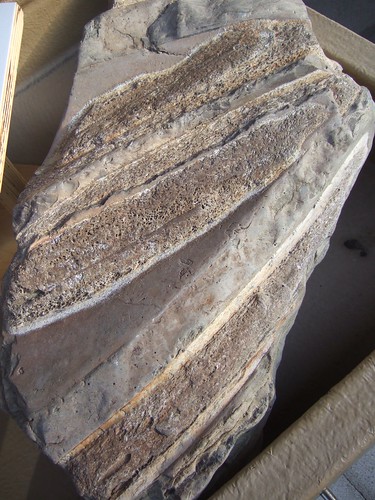

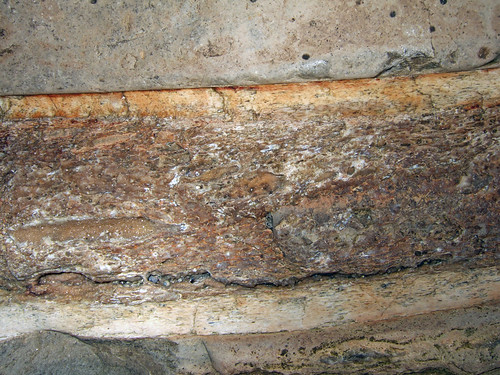

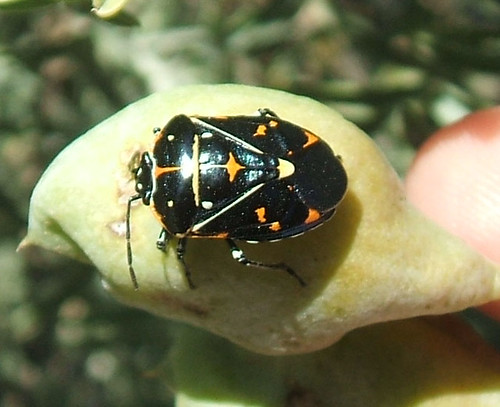

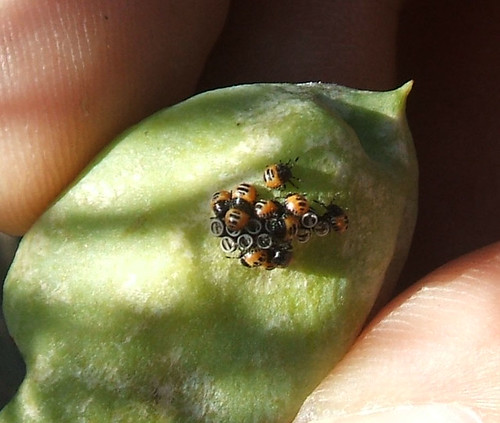 They are very dependant on temperature conditions for their growth and development.In northern areas, they only have one clutch per year. In southern areas they can have three clutches. When mating the male and female stand with their abdomens touching, for the transfer of sperm.
They are very dependant on temperature conditions for their growth and development.In northern areas, they only have one clutch per year. In southern areas they can have three clutches. When mating the male and female stand with their abdomens touching, for the transfer of sperm.